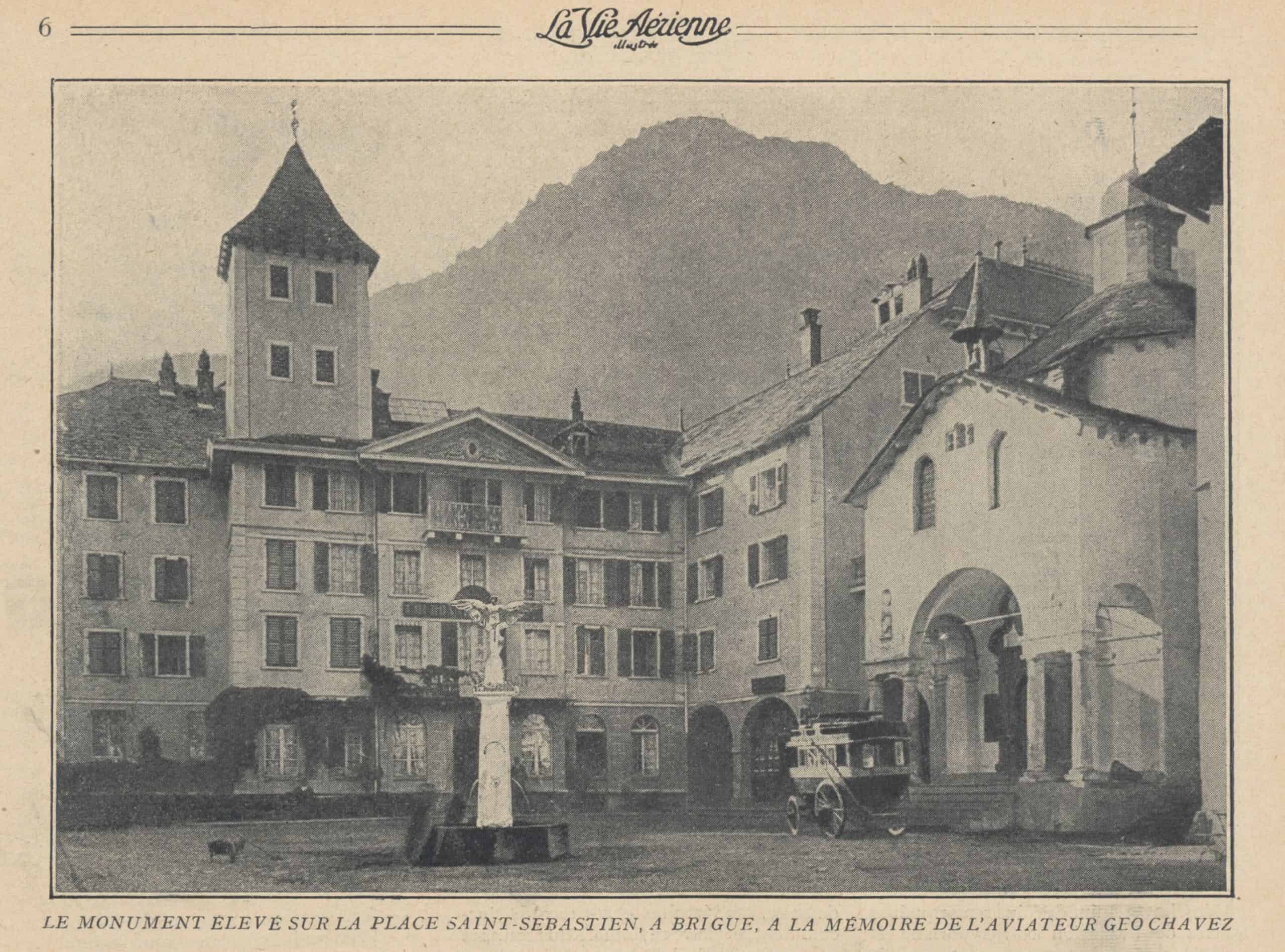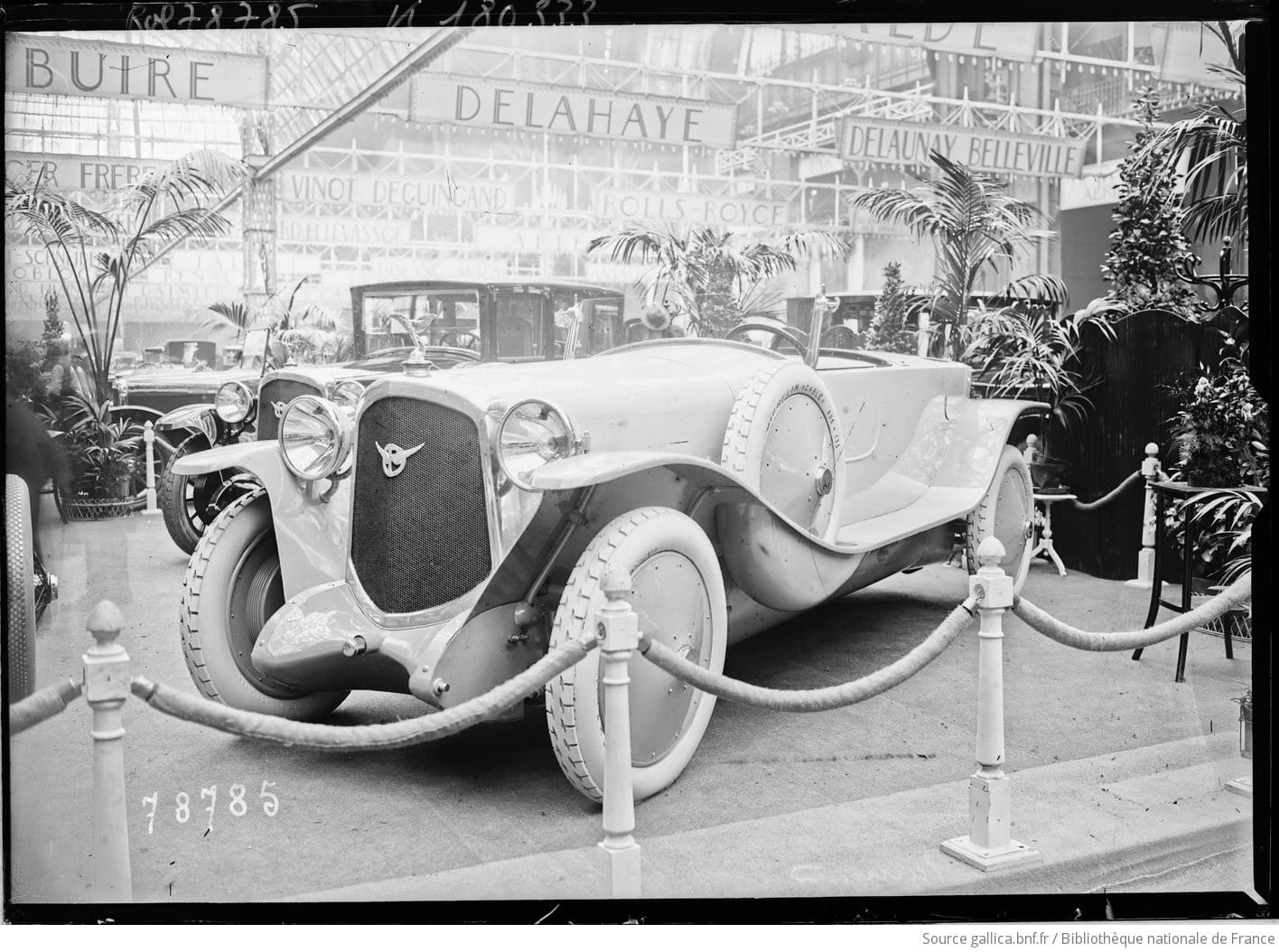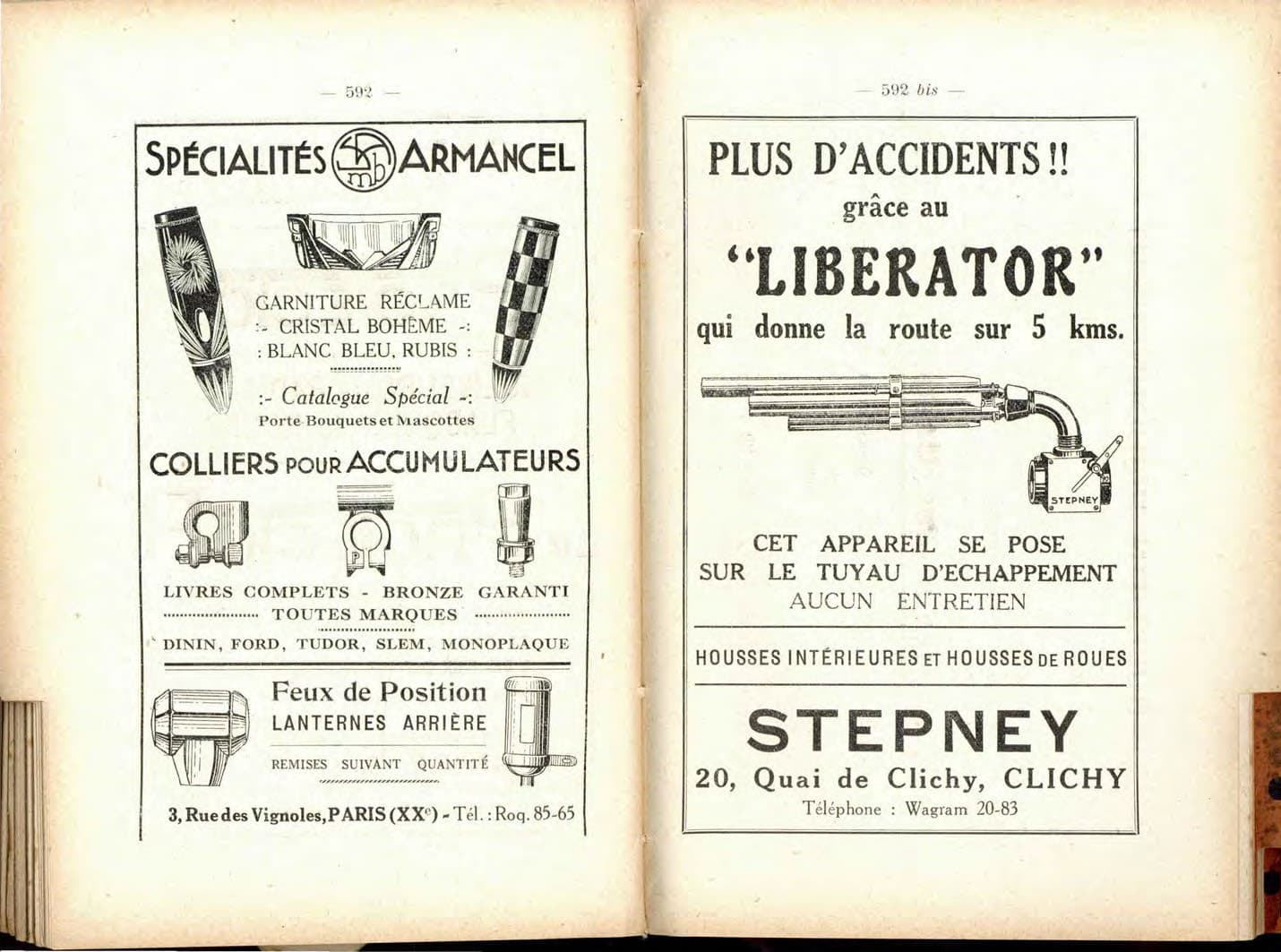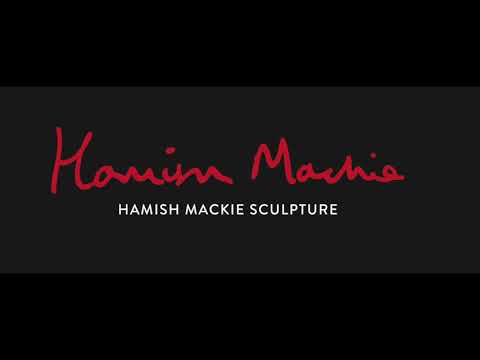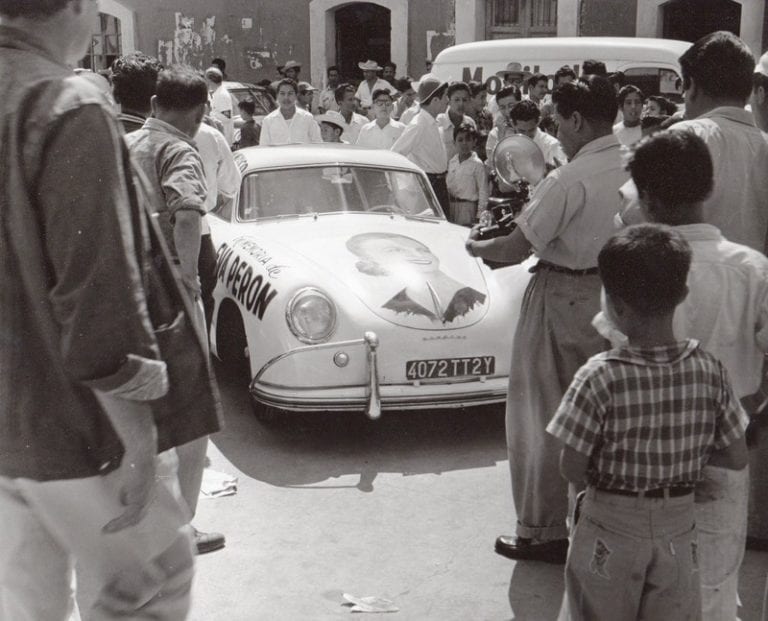While some marques included a signature mascot on their vehicles, aftermarket “fantasy” or “accessory” mascots enjoyed a boom in 1920s France. In Paris, long a center for decorative and fine arts, there were both the consumers to afford expensive goods and the skilled craftsmen to create them.
Some stores commissioned exclusive designs, while others sourced their mascots from an éditeur, a publisher or publishing house. An éditeur specializing in bronze sculpture would license and reproduce designs from numerous artists, much like an éditeur for literature would publish novels by numerous authors. The best mascots were cast in bronze using the labor-intensive cire perdue (“lost wax”) process; at the time, Paris was famous for its bronze art foundries. The finest éditions of mascots, many of which are represented here, were often finished in silver and marked with the stamp of the foundry, the name of the éditeur, and the signature of the sculptor.
